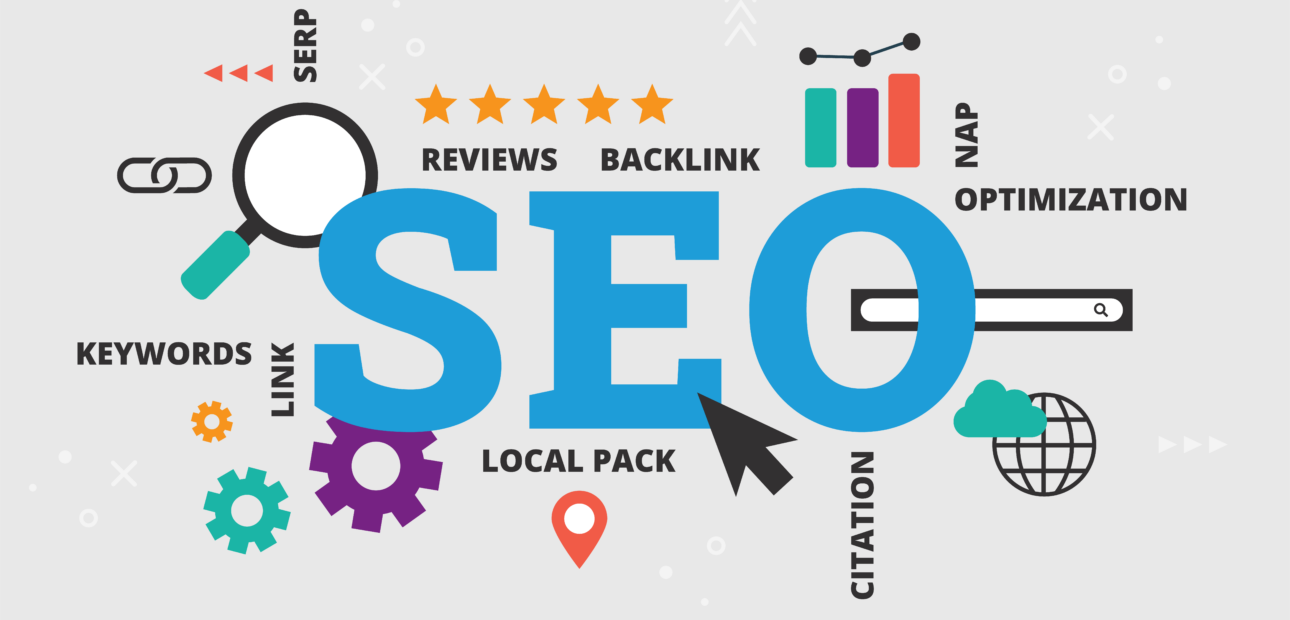
Digital Marketing, SEO
Enter the realm of future-forward search engine optimization – welcome to Semantic SEO!
Today, we’re diving deep into this pivotal facet of digital marketing, aimed at amplifying your website’s visibility and search engine standings. In essence, Semantic SEO revolves around harnessing the true essence and intent behind keywords to bolster your online presence.
If you’re seeking ways to stay ahead of the SEO curve in 2023, you’re in for a treat!
A Swift Overview of Semantic SEO Before we zoom into the specifics, let’s grasp the essence of Semantic SEO. It’s about deciphering the genuine intent and meaning behind keywords to elevate your website’s visibility on search engines. It’s not merely about keywords per se, but rather how they’re contextualized.
Search engines like Google have evolved. They’ve transitioned from mere keyword matches to comprehending the context in which those words are embedded. Several key elements drive Semantic SEO:
What does the searcher seek? (Termed as search intent) How does your content cater to the searcher’s needs? (That’s context.) How valuable is your content to the searcher? (That’s relevance.)
Applying Semantic SEO adeptly can significantly enhance your search engine rankings, ensuring broader exposure for your website.
Leveraging Semantic SEO to the Fullest
- Understanding Search Intent At the core of Semantic SEO lies the comprehension of your audience’s search intent. What are they aiming for when they initiate a search? Are they seeking information, specific websites, or contemplating a purchase? Tailoring your content to meet user intent is paramount for bolstering search engine rankings.
- Crafting Comprehensive, Insightful Content In the realm of Semantic SEO, the richness and depth of your content reign supreme. Strive to produce content that offers profound insights into a topic, transcending mere keyword stuffing. Content that’s both rich and thorough positions your website to surface for related search queries, thereby enhancing online visibility.
- Embracing Structured Data Structured data, or Schema markup, aids search engines in comprehending the essence of your content. It furnishes clear cues about your content’s meaning, thereby refining how your page appears in search results, ultimately enticing more clicks to your site.
- Prioritizing Long-Tail Keywords Long-tail keywords often mirror natural speech and search patterns, aligning closely with search intent. By optimizing your content with long-tail keywords, you can cater to a broader spectrum of search queries, thus augmenting your online visibility.
- Incorporating Latent Semantic Indexing (LSI) Keywords LSI keywords, synonymous with your main keyword, enrich your content by providing contextual relevance. Integrating LSI keywords aids search engines in grasping the context and significance of your content, thereby elevating your search rankings.
In Conclusion In 2023, mastering Semantic SEO isn’t just advantageous—it’s imperative. By embracing effective practices such as understanding search intent, crafting insightful content, leveraging structured data, prioritizing long-tail keywords, and incorporating LSI keywords, you can significantly enhance your search engine rankings.
At Critical Marketing, we’re adept in deploying these avant-garde SEO strategies. Our team of SEO specialists is well-versed in the evolving landscape of search engine optimization and is poised to guide you through it.
Are you prepared to unlock the full potential of Semantic SEO? Ready to elevate your search engine rankings and make a profound impact online? Don’t hesitate. Reach out to us today, and let’s collaborate on crafting a bespoke SEO strategy that sets your brand apart from the crowd.







